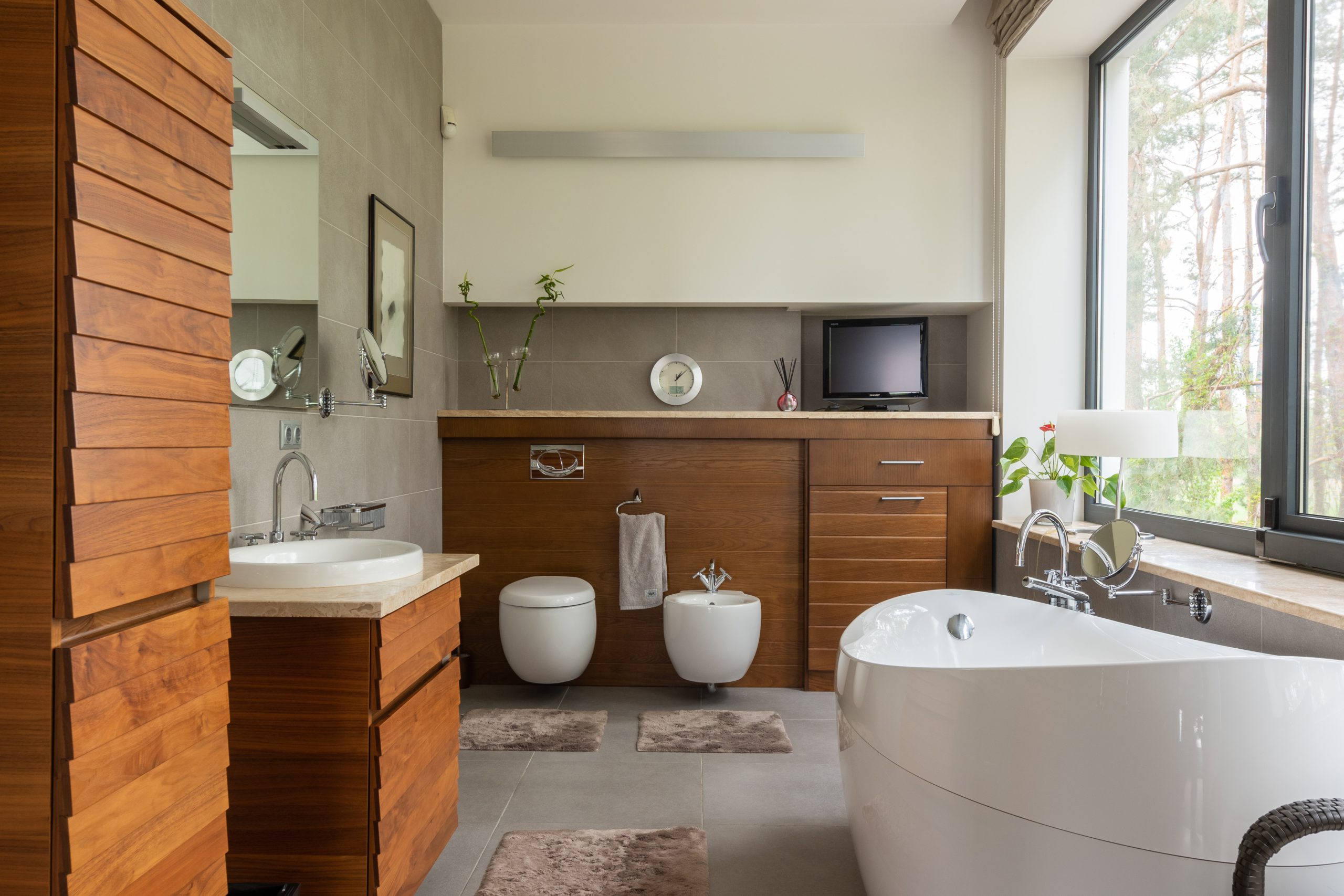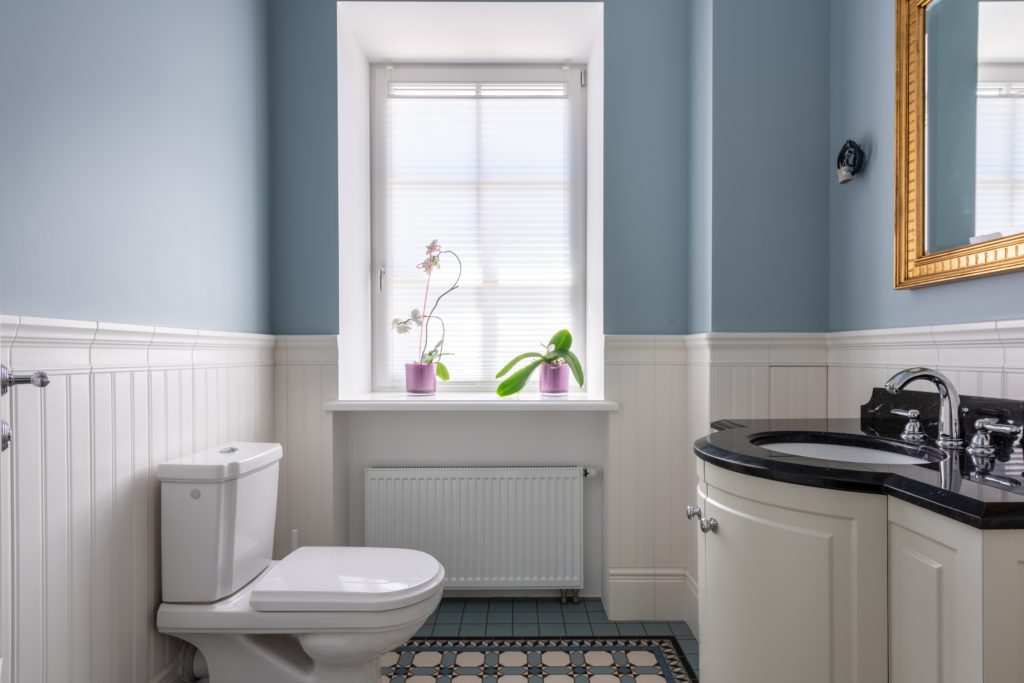
Toilet plumbing is an essential component of every home’s infrastructure, ensuring the smooth operation of one of our most vital fixtures. From the initial flush to the efficient flow of waste, understanding the essentials of toilet plumbing is crucial for maintaining a functional and reliable system. In this article, we will delve into the world of toilet plumbing, exploring its components, common issues, and the importance of consulting a qualified gas fitter when needed.
Components of Toilet Plumbing
Toilet plumbing consists of various interconnected components that work together to facilitate the flush and flow of water. These include the water supply line, flush valve, fill valve, tank, bowl, trap, and waste pipe. The water supply line connects the toilet to the main water source, providing the necessary water for each flush. The flush valve, typically controlled by a handle or button, releases water from the tank into the bowl to initiate the flushing process. The fill valve then refills the tank with water once the flush is complete. The trap and waste pipe facilitate the efficient removal of waste from the bowl, ensuring proper drainage and preventing any unpleasant odours from escaping into the bathroom.
Common Toilet Plumbing Issues
Despite its seemingly simple design, toilet plumbing can encounter several common issues that may disrupt its functionality. These issues include clogs, leaks, running toilets, and inadequate flushing. Clogs, often caused by excessive toilet paper or foreign objects, can hinder the flow of water and lead to backups. Leaks, whether from the tank, bowl, or supply line, not only waste water but also contribute to higher utility bills. Running toilets, characterised by continuous water flow, can be caused by a faulty flapper valve or an improperly adjusted fill valve. Inadequate flushing may result from a weak flush valve or a partial blockage in the trap or waste pipe. Timely identification and repair of these issues are essential to maintain the efficiency and reliability of the toilet plumbing system.

Importance of Consulting a Qualified Gas Fitter
While many homeowners may attempt to tackle minor toilet plumbing issues on their own, it is crucial to consult a qualified gas fitter for more complex problems or when working with gas-powered toilets. Gas fitters are trained professionals with expertise in handling gas lines and ensuring the safe and efficient operation of gas-powered appliances, including toilets. They possess the necessary knowledge and tools to diagnose and repair any issues related to gas supply lines, valves, or fittings. Hiring a qualified gas fitter not only ensures the correct installation and maintenance of gas-powered toilets but also guarantees the safety of your household.
Maintenance and Prevention
Regular maintenance and preventive measures can go a long way in keeping your toilet plumbing system in optimal condition. These include:
- Avoiding flushing non-biodegradable items, such as wet wipes, cotton balls, or dental floss, which can cause clogs and damage the system.
- Checking for and promptly repairing any leaks to prevent water waste and potential damage to the surrounding areas.
- Testing the fill valve and adjusting the water level in the tank to prevent running toilets and water overflow.
- Conducting periodic inspections of the trap and waste pipe, removing any debris or mineral deposits that may obstruct proper drainage.
- Scheduling professional maintenance by a qualified gas fitter to ensure the safe and efficient operation of gas-powered toilets.
Understanding the essentials of toilet plumbing is vital for homeowners to ensure the smooth operation of their toilets. From the interconnected components to the common issues that may arise, having a grasp of these aspects empowers homeowners to address minor problems and seek professional assistance when needed. When dealing with gas-powered toilets, it is essential to consult a qualified gas fitter to ensure safety and proper functioning. By implementing regular maintenance and preventive measures, homeowners can promote the longevity and reliability of their toilet plumbing systems, ensuring a seamless flush to flow experience for years to come.




